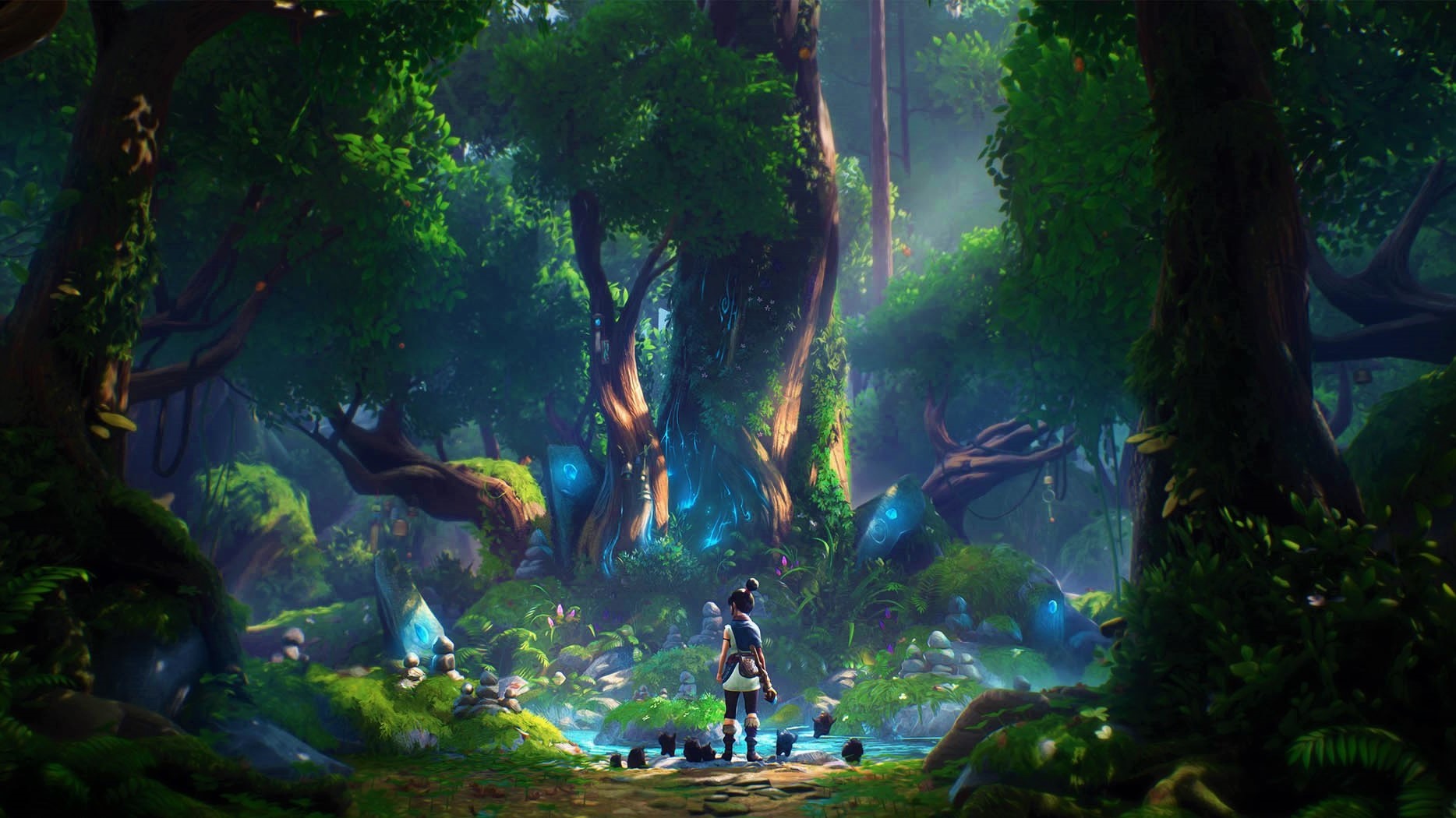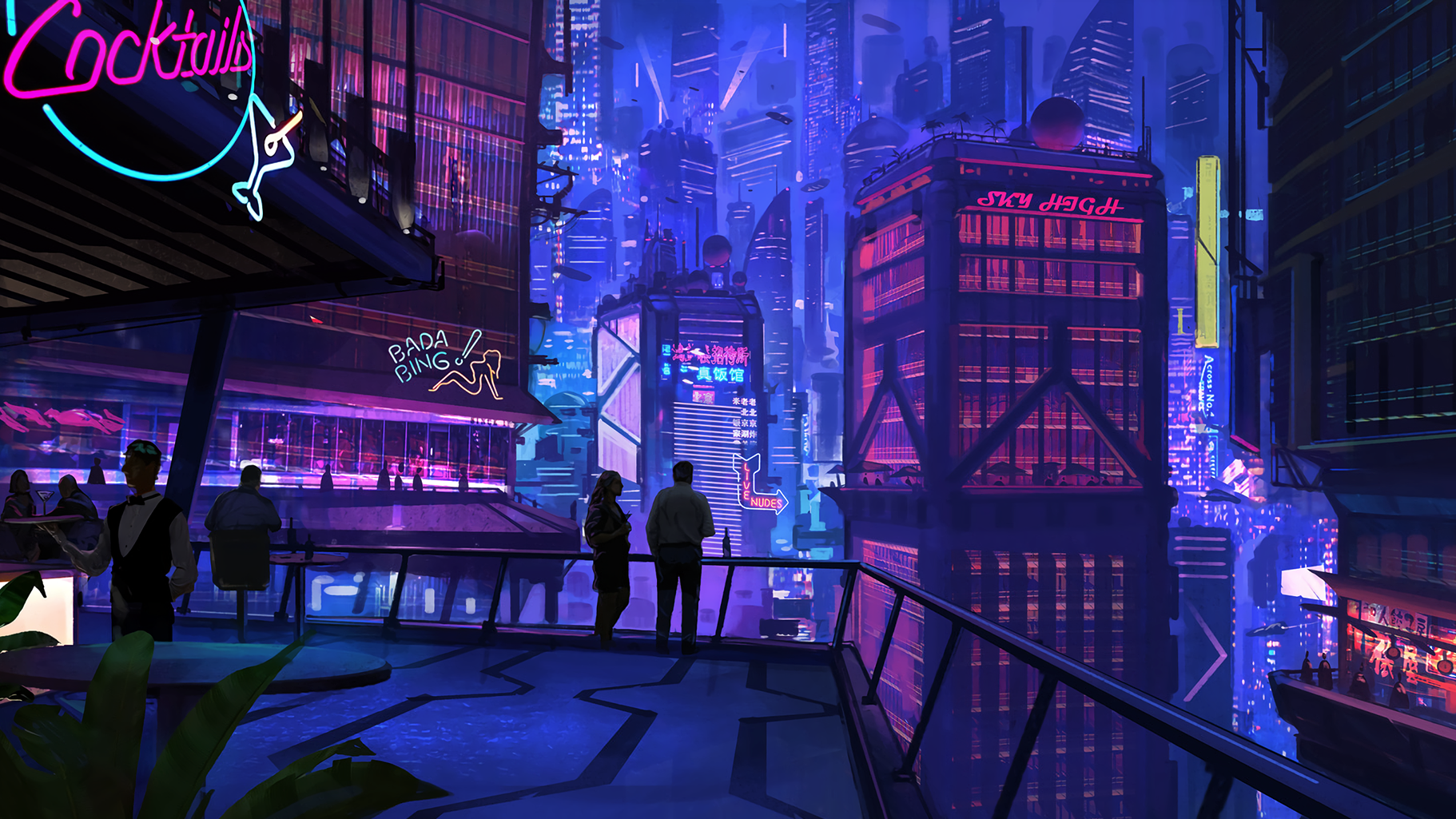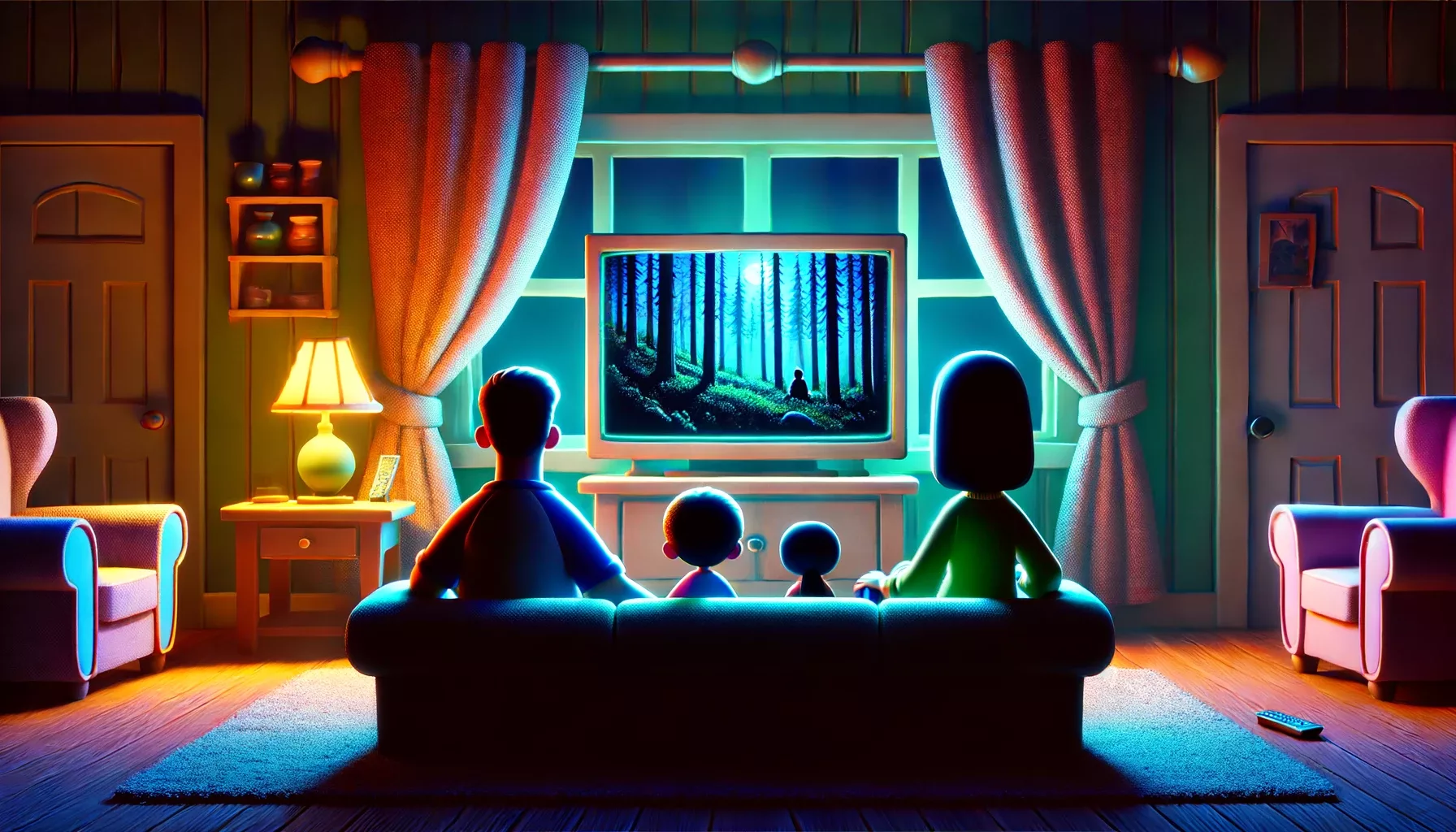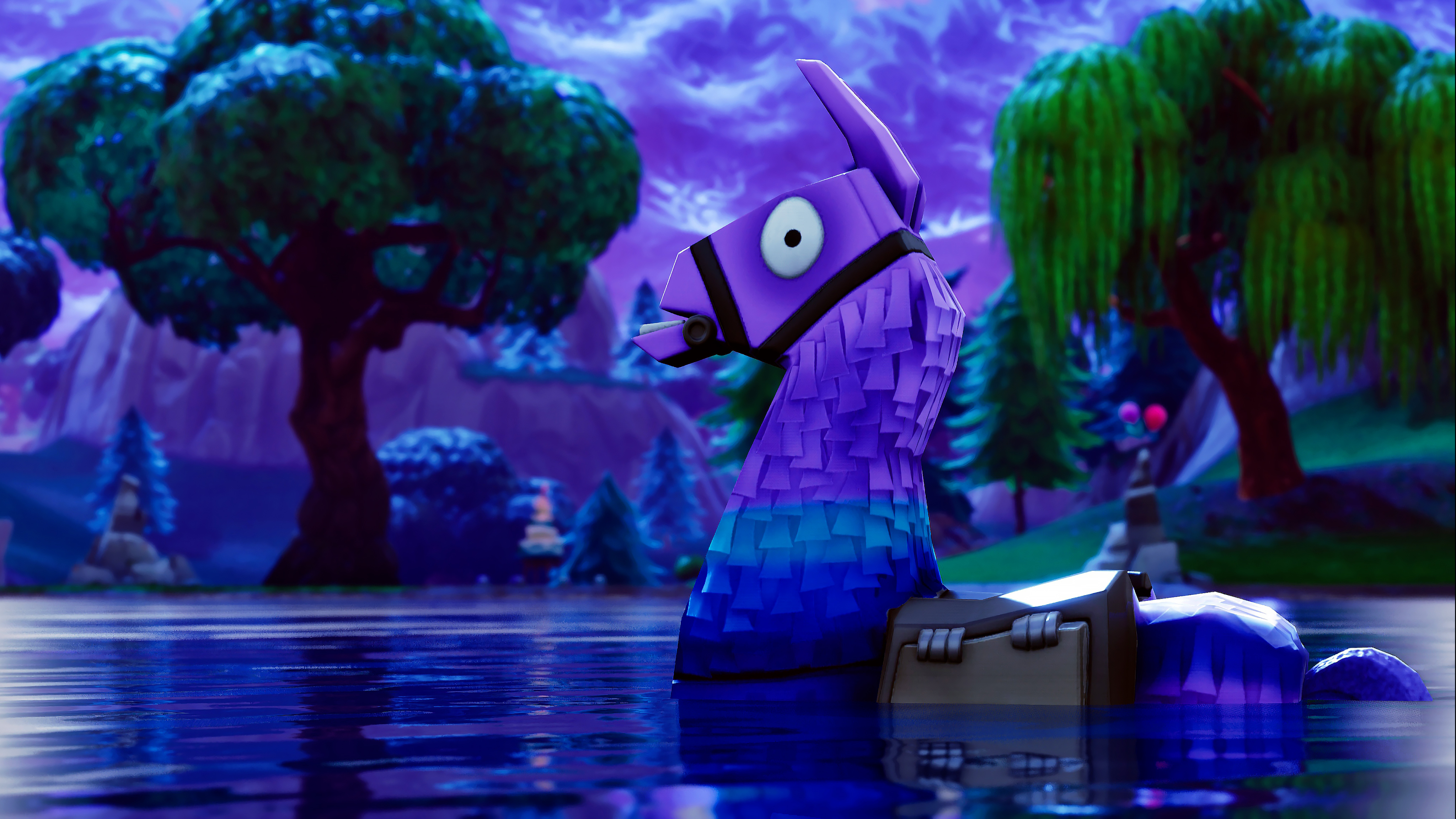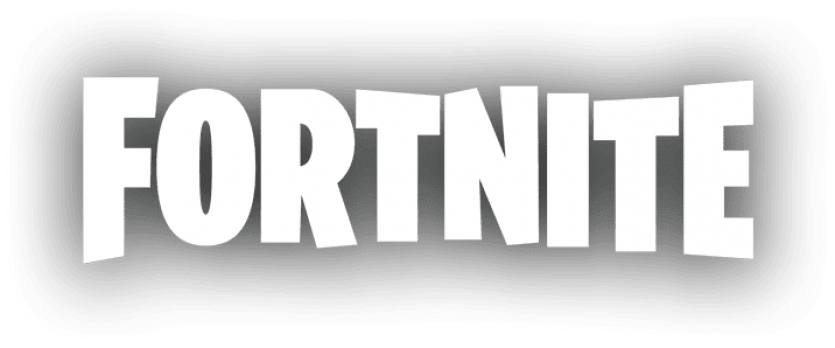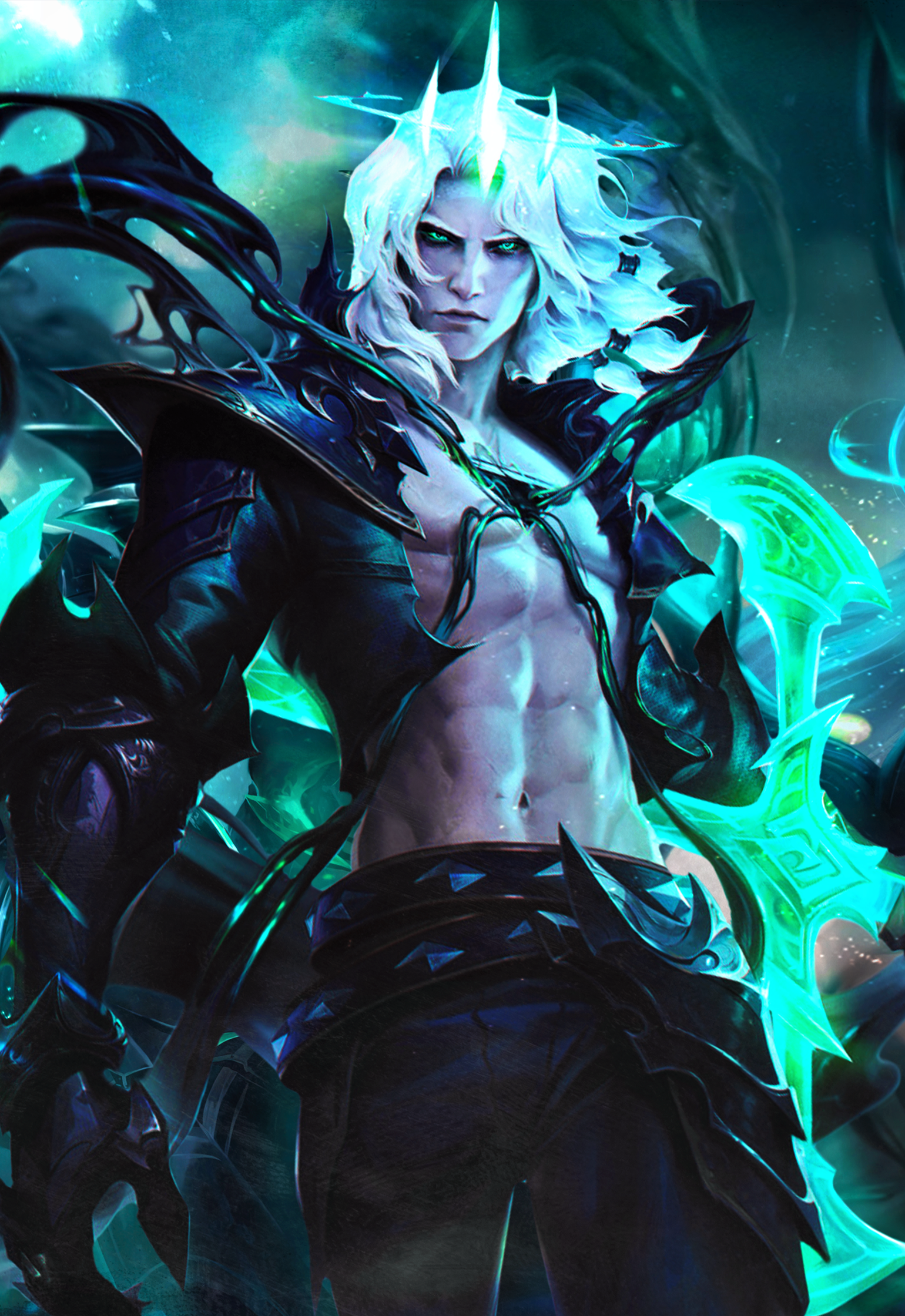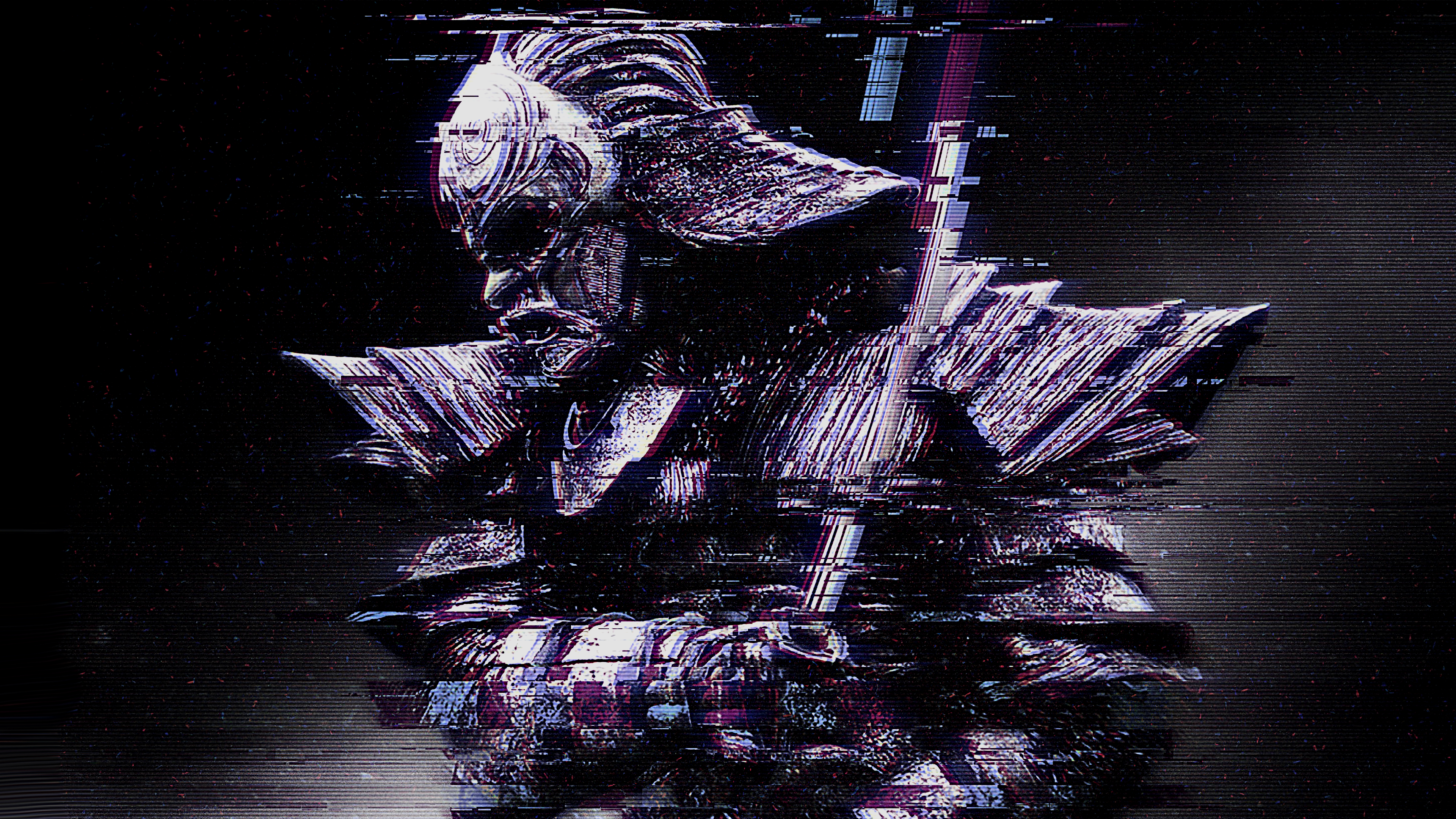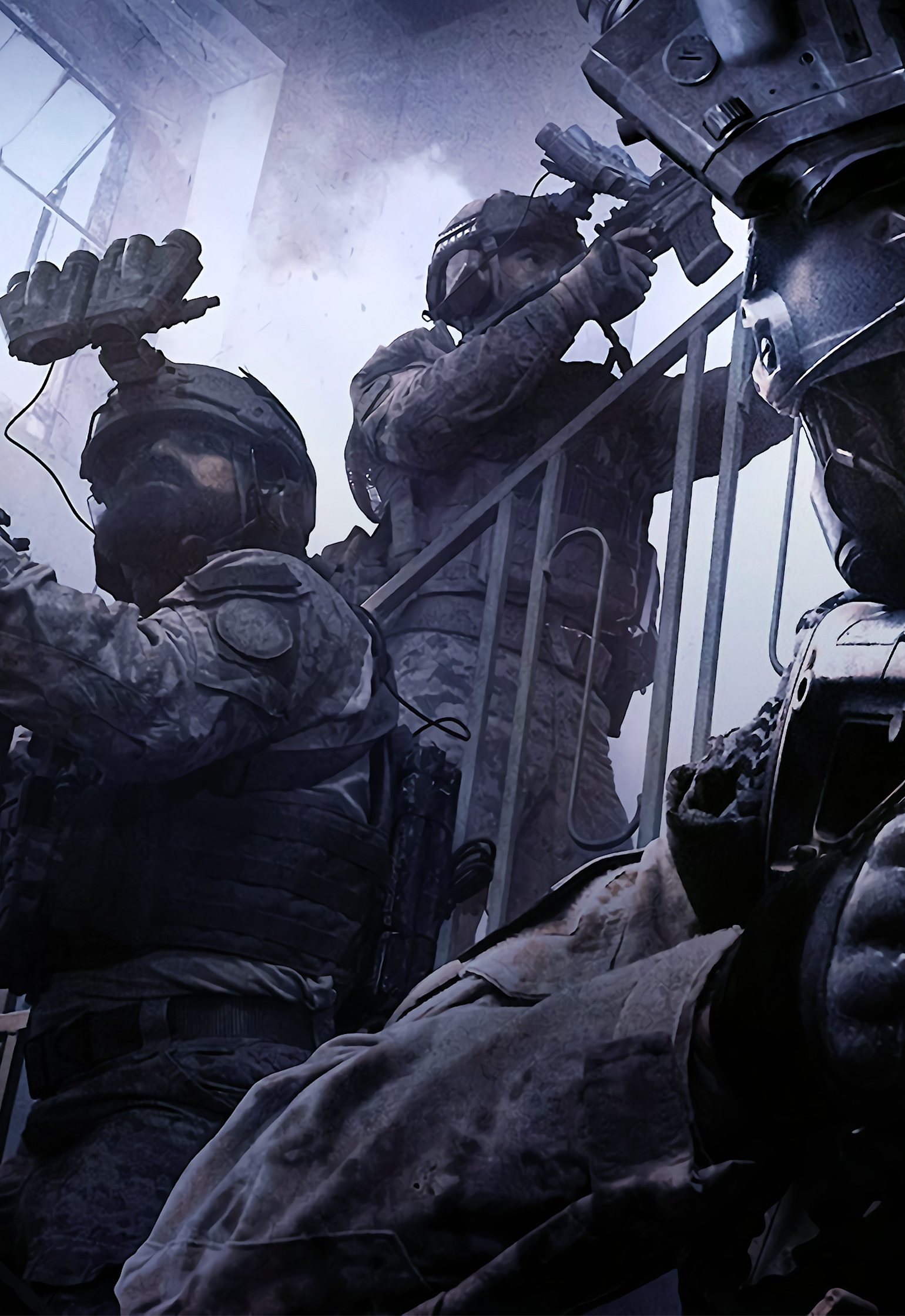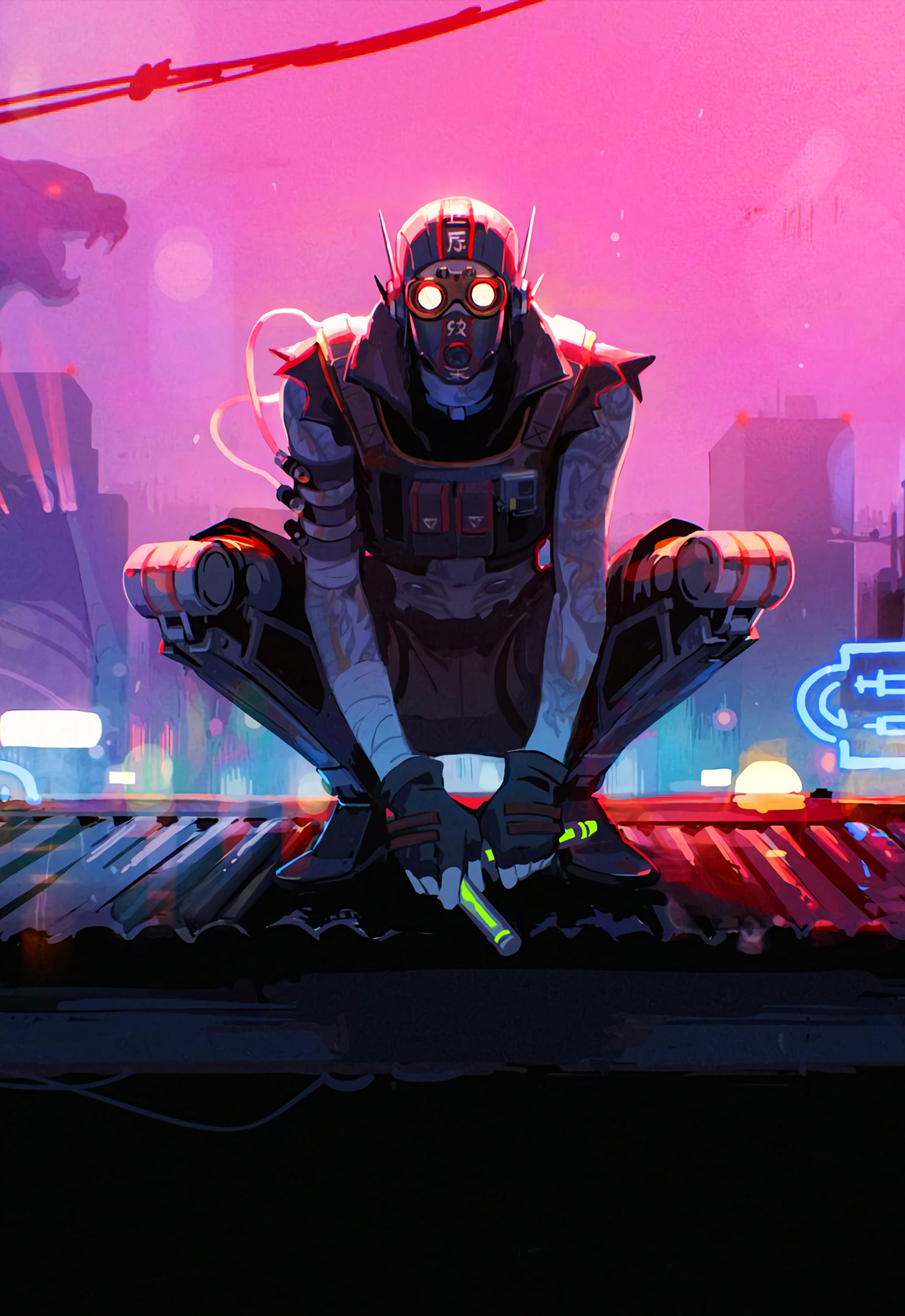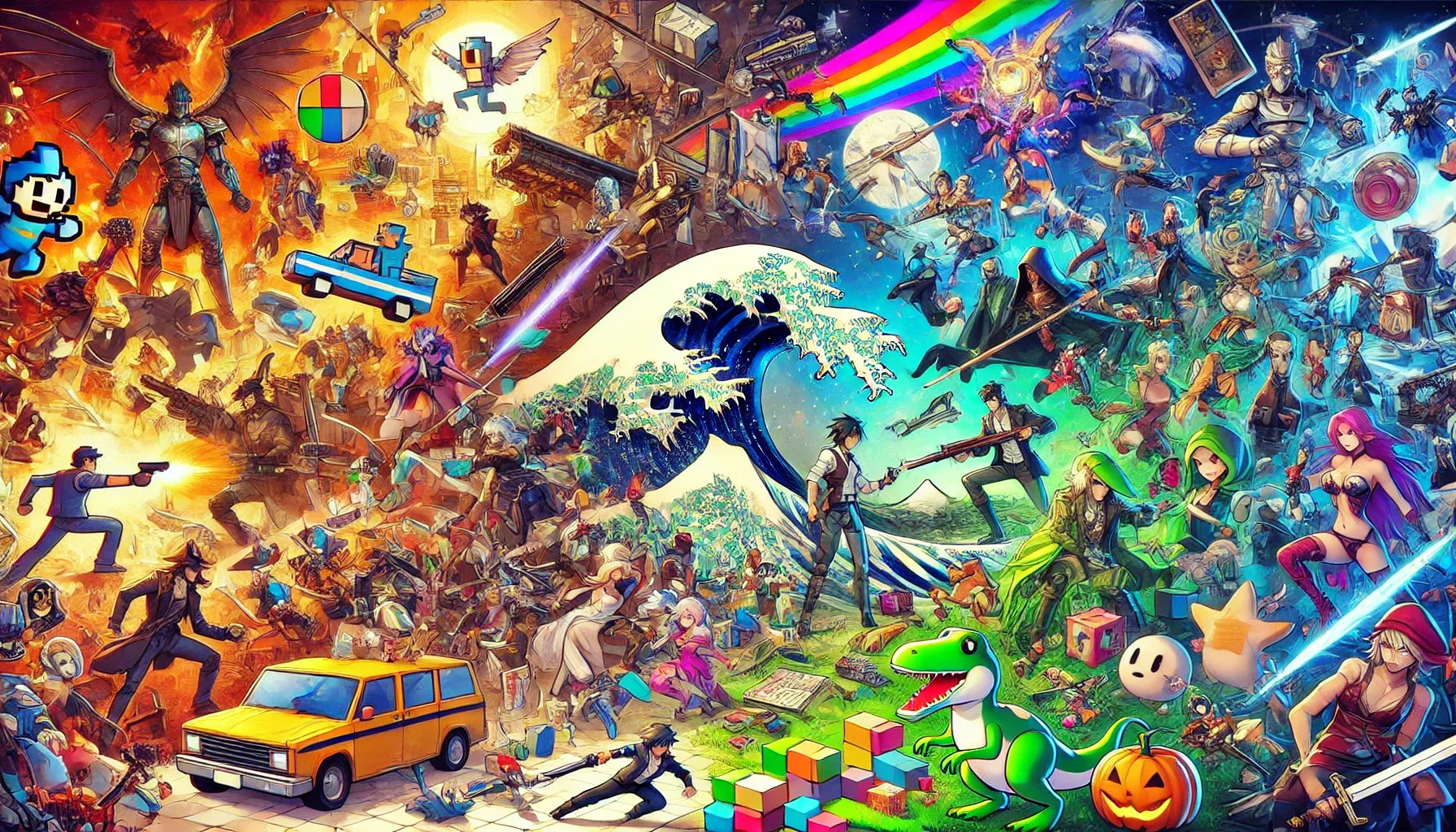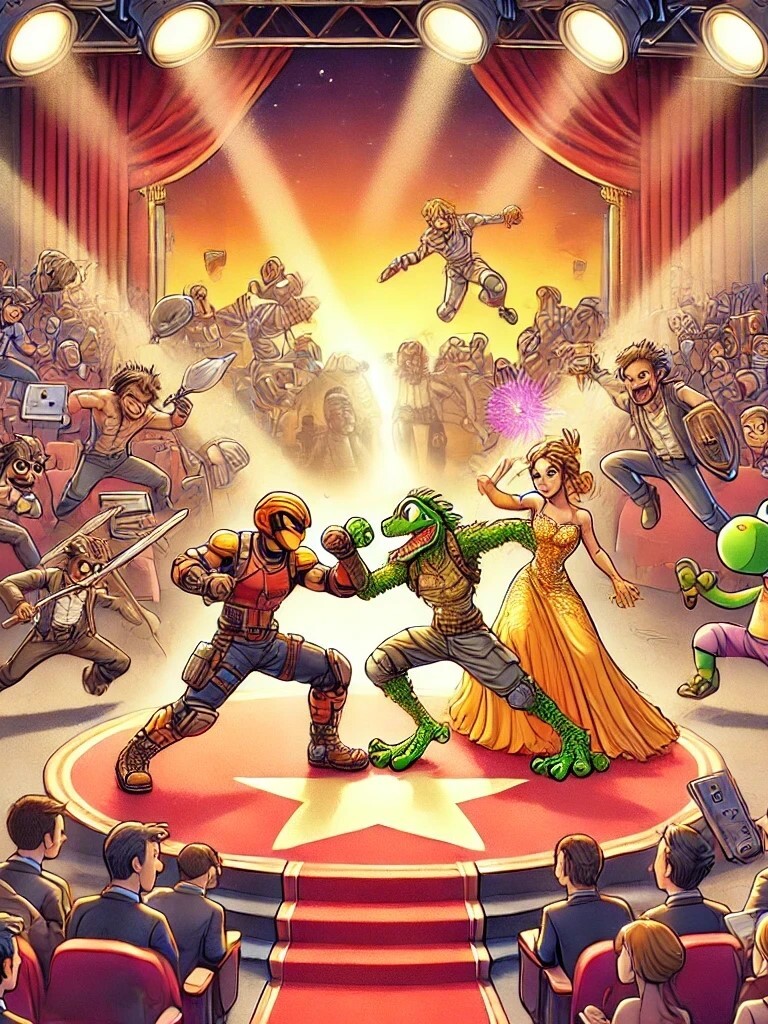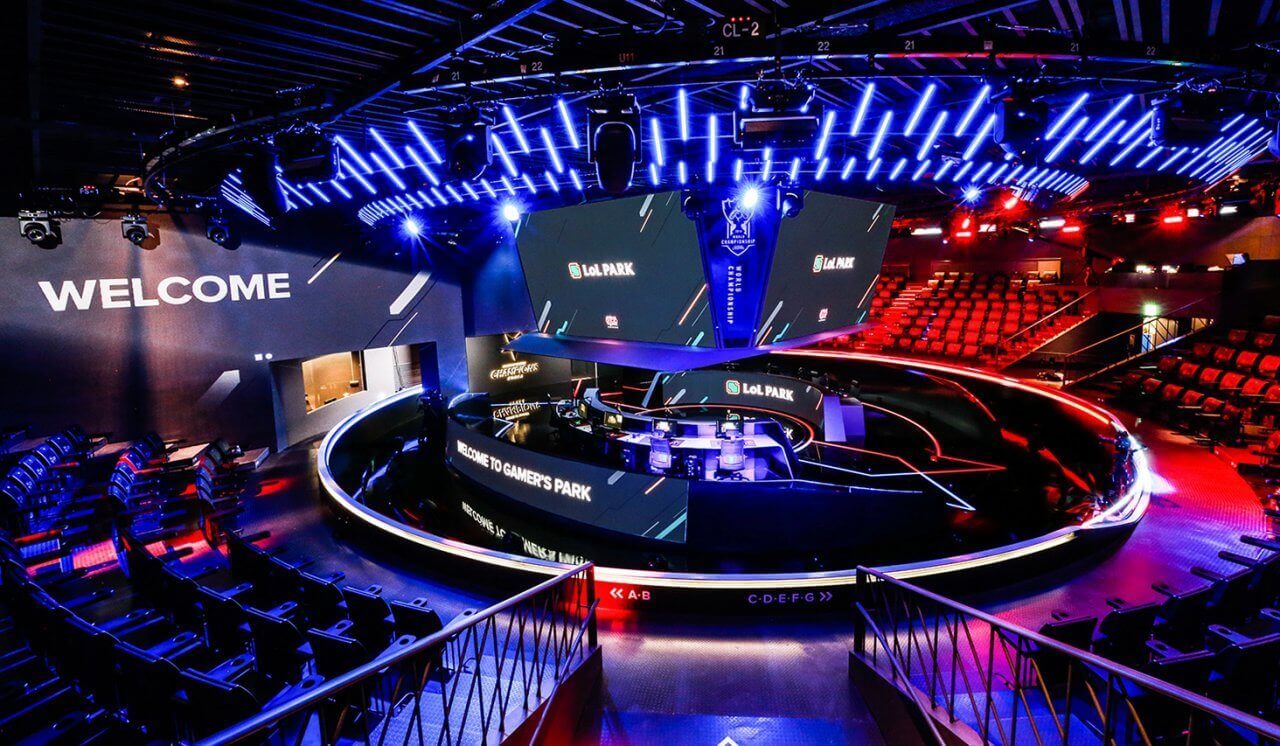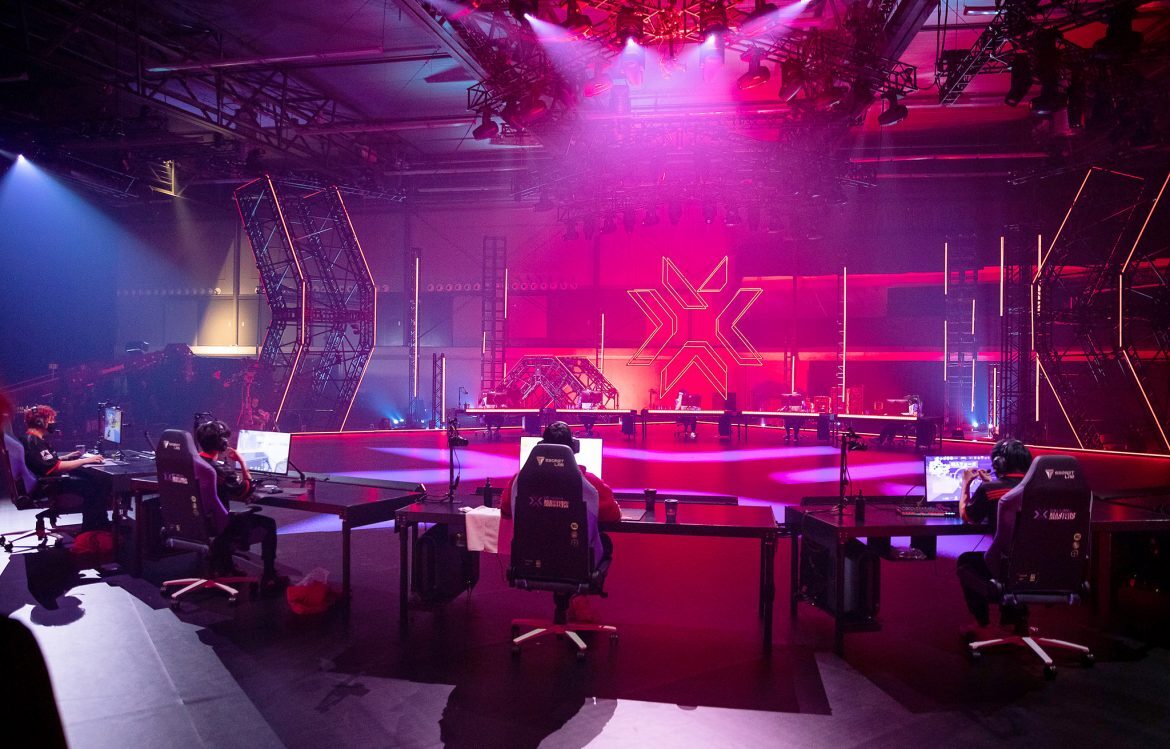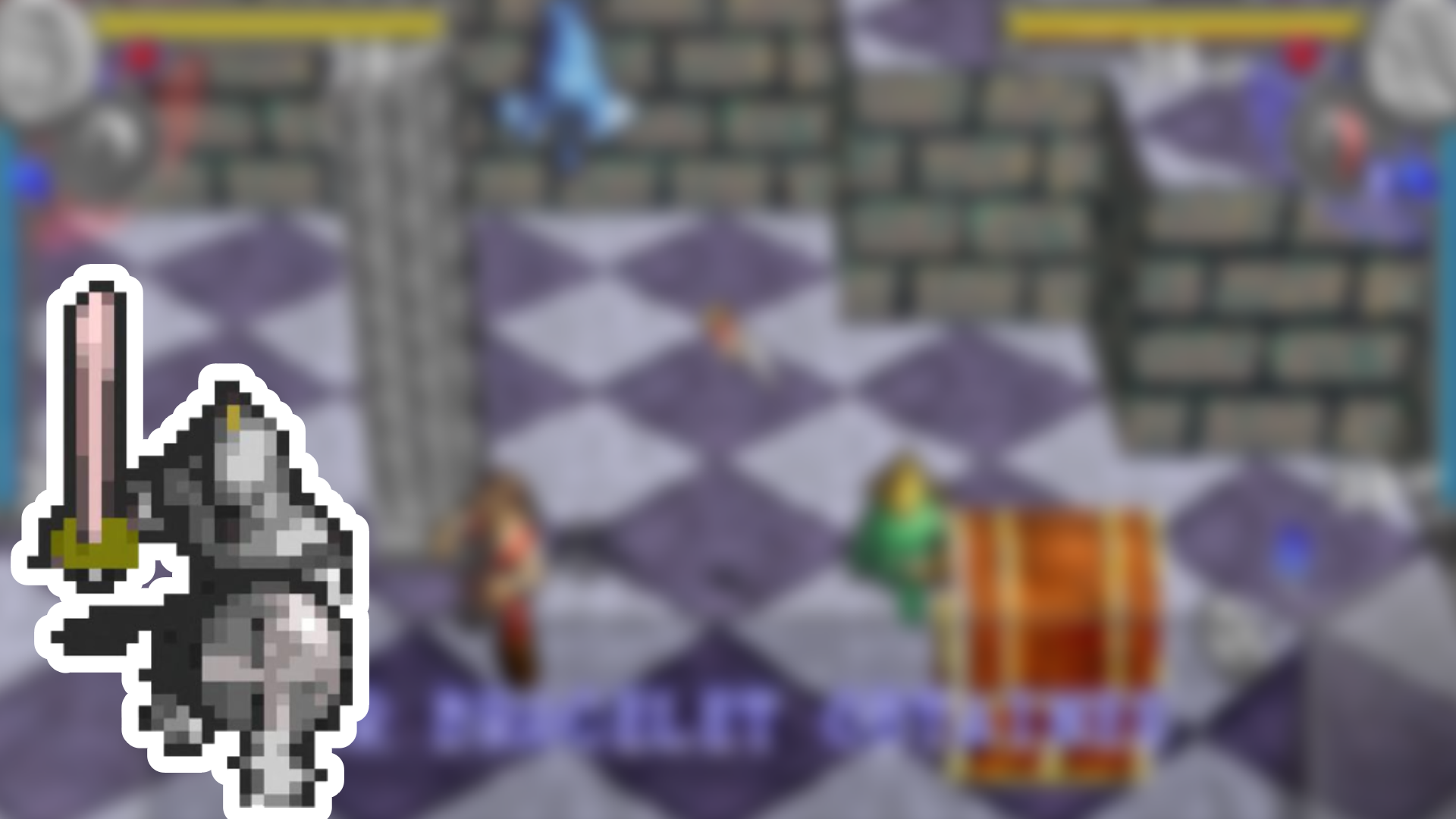1 castle, 3 developers, 4 players and 21 years of hibernation.
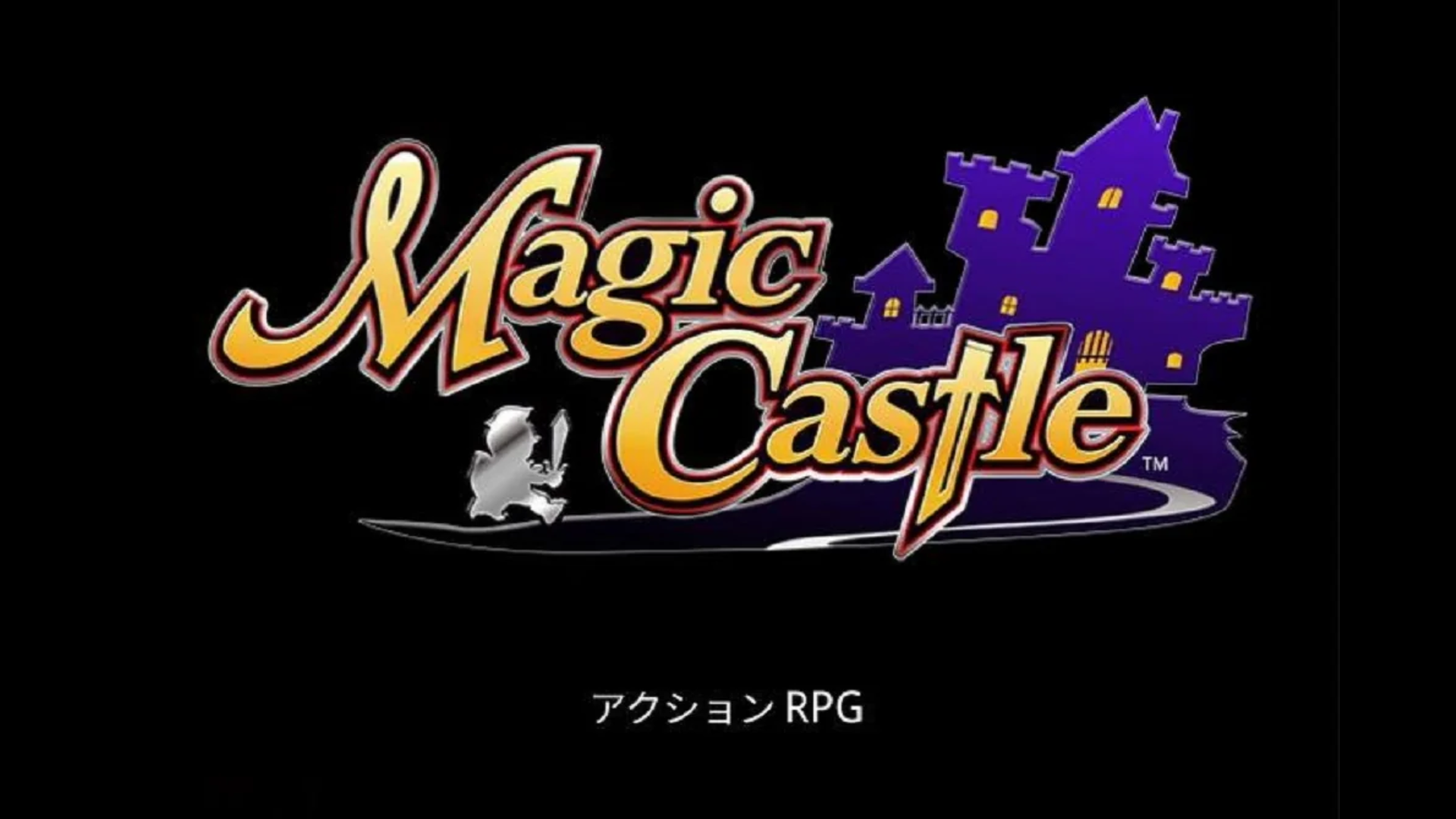
While it would be impossible to imagine our modern gaming landscape without the indie scene, it's worth taking a look back to appreciate how far we've come. As soon as the market started to be dominated by video game consoles with producer certification, it became nearly impossible for developers to bring their ideas to market without an established publisher.
Sony's first attempt to challenge this model was the Net Yaroze, a 1996 consumer-oriented development kit that included a debugging PlayStation console and other necessary tools. One of its most promising projects, Magic Castle from 1998, was ready to be published by Sony... Until the company's attempt to recruit the developers instead led to the game only releasing in 2020.
Setting Out On A New Quest
Magic Castle was created in 1997 by a small independent Japanese team known as KAIGA, led by developers Keiichi Matsunami and PIROWO. Their goal was to produce a fully realized fantasy action-RPG for the PlayStation that demonstrated what an independent studio could achieve on console hardware without major publishers interfering in the development.
Set within a sprawling magical fortress, the game casts players as one of four adventurers (Knight, Archer, Fighter or Wizard), tasked with battling through twenty levels to confront an evil warlock hoarding stolen wealth. The Zelda-esque fantasy title features real-time action and dungeon-crawling exploration, embedded in a system with semi-procedurally generated rooms.
Using an orthographic perspective, Magic Castle integrates 3D environments with 2D sprites, allowing for free movement, climbing, and combat tailored to each class. Its design includes cooperative multiplayer for up to four players, a customizable user interface, collectible gear and items, and similar depth to contemporary console RPGs.
Attempting To Hoard The Treasure
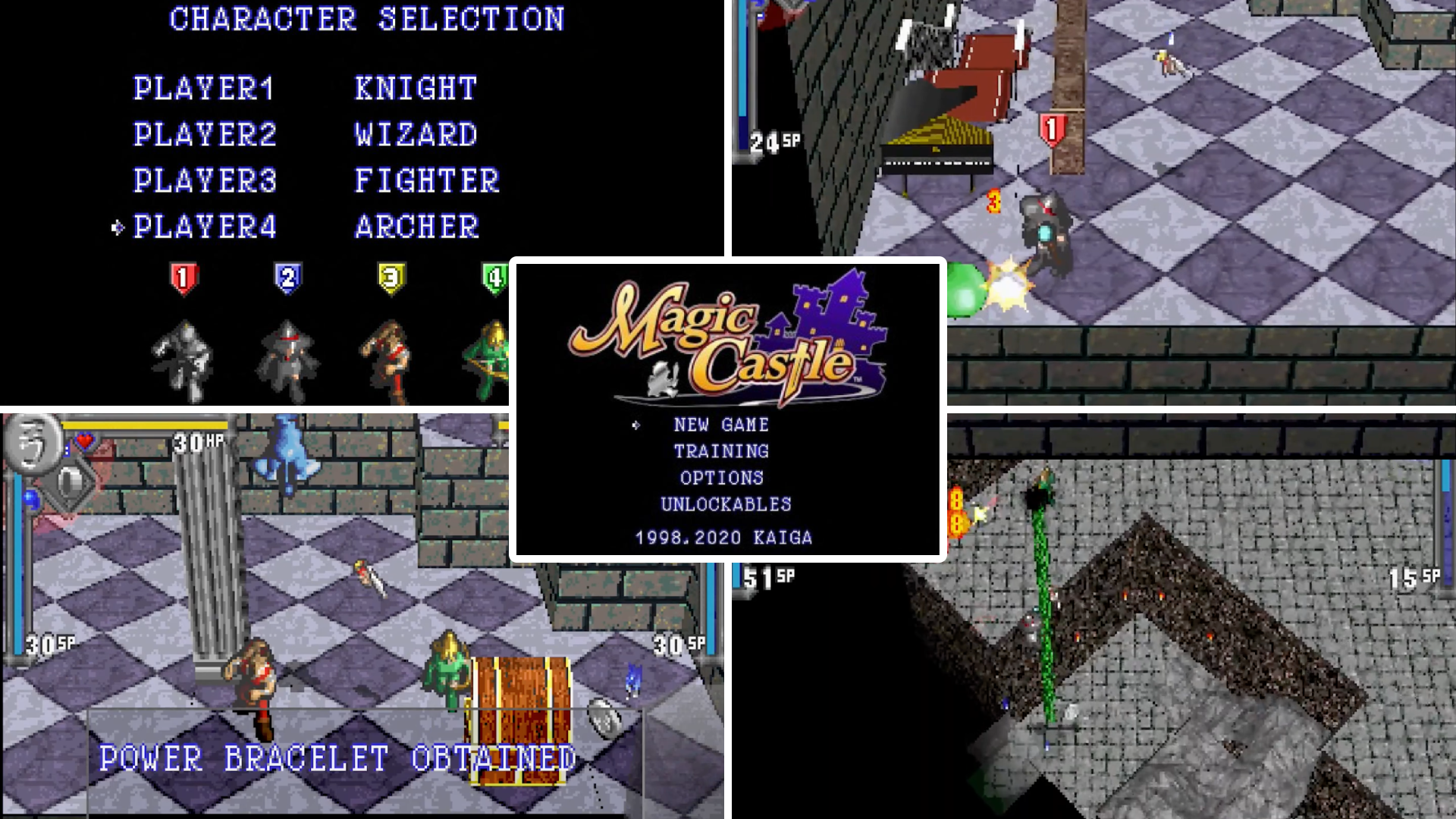
Development on Magic Castle began in 1997, but by 1998, the project was shelved after Sony, despite previous agreements, proved unwilling to publish the title (the initial pitch can be viewed here). Instead, the company wanted in incorporate the team within its own corporate structure, which KAIGA declined, citing their wish to hold on to their own creative freedom.
However, KAIGA would disband only shortly after and its members went in different directions, with lead developer Matsunami joining Sega and others going freelance or smaller-scale. In the meantime, source code and assets of Magic Castle, despite the short title being fairly playable, were considered lost for many years, effectively forcing the game into hibernation.
In 2020, PIROWO, one of the original developers, rediscovered the old source code on floppy disk and initiated efforts to resume development, patching the game to make it publicly available. Subsequently, the revived version of Magic Castle was released for free online (via platforms such as the Internet Archive), finally allowing the public to play it decades later.
Presenting A Welcomed Surprise
Upon its unexpected release decades later, Magic Castle was met with notable interest from retro-gaming communities and indie enthusiasts who praised its ambition and nostalgic appeal. PIROWO even tweeted out an authentic manual to play into the PS1-era retro feel. While not a mainstream commercial release, the title certainly generated positive online discussion.
Though the current release is completely free-to-play, other comparable originally-cancelled debut projects which were also published online free of charge, such as Deathbounce, would end up getting a commercial re-issue later, which, combined with aftermarket publishers becoming more widespread, means that a physical PS1 release of Magic Castle may still be in the cards.
In this sense, the game serves as a case study of how passion-driven games can gain a second life, even if it takes a while to do so. Though obviously, Magic Castle also had a lot going for it, considering its dungeon crawling plays into the currently still ongoing Roguelike boom and its graphics appeal to PS1-era nostalgia. In any case, it constitutes an interesting piece of indie game history.
